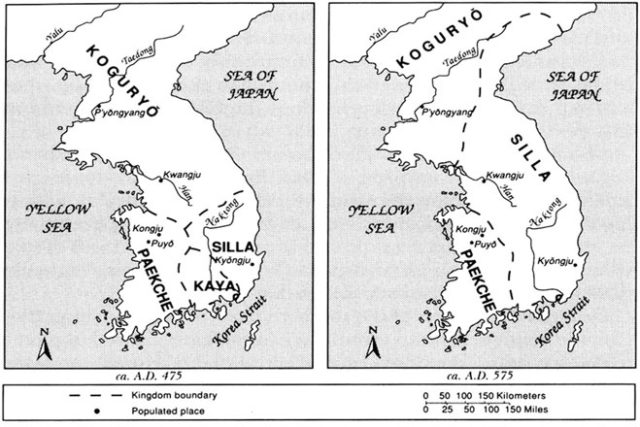
By David Yamaguchi
MY RECENT WRITING of the sad story of Japanese student Narumi Kurosaki, murdered in France (Jan. 12 and Mar. 30 issues), has had one positive personal benefit. It is the first time in my life that I have spent a week perusing the headlines and leading paragraphs of articles in the French press. In doing so, I was struck by how, despite my lack of any school French, I could commonly grasp the gist of such content, which means that readers can also do the same.
An example from “L’Obs” reads “Disparition de Narumi a Besancon. Mystere… Ne pas ouvrir. Scelle judiciaire… la jeune japonaise etudiait intensivement le francais….”
A short answer on why this is possible is that French and English are cognate tongues that share adjoining branches of the Indo-European language tree. A deeper answer is that today we are benefitting from the Norman Invasion, when France invaded England in AD 1066, and at the Battle of Hastings, took it over. In the process, 10,000 French words were carried into English.
All of this seems remarkable to me because it contrasts greatly with a linguistic experience more common to readers of this column: that of watching Korean dramas. (For those who have been living in caves, an especially charming one is “My Girlfriend is a Gumiho” [2010] available at the Seattle Public Library on DVD, or online at kissasian.com.)
For try as I might, the meanings of Korean words just don’t flood in like French ones do, despite my having studied Japanese for most of my life. It is natural to wonder why this is, when Korea and Japan are neighboring mainland and island countries like France and England.
It turns out that three factors are at play here. The first is the natural evolution—drift—of all languages, as words for new concepts enter, and seldom-used words are forgotten. The second related influence is time. A linguistic “rule of thumb” is that when a group of people is separated into two, after several thousand years they can no longer communicate, owing to language drift in both localities. The third factor is the pattern related to who won and lost past wars. As in the ocean, the big fish eat the little fish. Linguistically, the words of the big fish survive; those of the little ones vanish.
Logically, the Koreans who would have spoken a variant of their language intelligible to Japanese would have been those that lived the closest—110 miles away—at the southern end of that peninsula.

Unfortunately for linguistic constancy, the timeline of Korea since about 400 BC, when Korean farmers first brought rice culture to Kyushu, has been one of frequent warfare. The wars included both internal power struggles that eventually led to Korean unification in the seventh century, and external invasions from the north (China and Mongolia) and east (Japan). The net effect of all this historical commotion is that the peninsula’s surviving speakers of dialect(s) linking spoken Korean and Japanese were wiped out. Thus, the shared roots of spoken Korean and Japanese were pushed farther back in time than 400 BC.
We can gain some insight into how this happened by comparing modern English speech with Middle English, which is what was spoken in England before the Norman Invasion. A page from “The Canterbury Tales,” the most famous surviving book of that period, makes the point.
As the untranslated Canterbury Tales are largely unintelligible today, it makes sense that spoken Korean today is nearly opaque to us, given its greater time-distance from Japanese.
By contrast, junior high students can understand the lines of Shakespeare, for example, those of Romeo in “Romeo and Juliet” (1597):
“What lady is that, which doth enrich the hand of yonder knight?
“O, she doth teach the torches to burn bright….”
“Did my heart love till now? Forswear it, sight! For I ne’er saw true beauty till this night.”
And so the next time you find yourself puzzling through a Korean drama, blame it on the geography of the Korean peninsula, which predestined its peoples to invasion.






